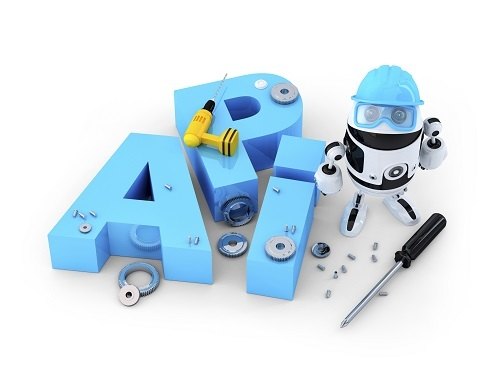The evolution of SCORM
Advanced Distributed Learning assumed the lead in promoting SCORM as the defacto language that an LMS uses to communicate. Its guidelines have helped L&D organizations develop an LMS and content that is accessible, durable, interoperable and reusable. As various editions evolved over the past decade through community feedback, the API's design and capabilities improved
On one hand, SCORM allows you to collect data. On the other, it doesn't give you the ability to manipulate it or combine it with other sources of information.
The logical extension: Tin Can API
First, what exactly is an API? An application programming interface is essentially a language - how different pieces of software talk to each other. Without a common language, learning content, platforms and systems wouldn't be able to communicate to create a functional learning environment. According to a Brandon Hall Group webinar, the API represents the infrastructure used to enable communication among systems and platforms.
The Tin Can API vocabulary is powerfully simple, capable of identifying actors, verbs and objects - the most basic building blocks to convey meaning. For instance, a Tin Can statement may assume the following layout:
Mary Smith (actor) read (verb) "Developing Internal Communication Documents" (object)
The API's strength lies in its flexibility. Depending on the actions an employee takes, Tin Can can communicate any number of statements.
What standard vocabulary should you select? The answer ultimately lies with your organization's needs and focus. Tin Can API leaves this decision open to the discretion of the L&D professionals responsible for accurately measuring learning.
What does Tin Can API help learning organizations do?
With Tin Can API, L&D organizations can adapt to the new realities of learning: on-demand access to learning content that happens everywhere, at any time, concurrent with other activities. Especially within current business environments, this capability is critical. Informal learning constitutes the majority of professional development that occurs in a business environment, through coaching, mentoring, social sharing, networking and performance support resources.
As a result, L&D organizations need visibility. They need to make sure learning is quantifiable, shareable and trackable, whether it's in a formal, structured training space or through informal learning. When an employee participates in a classroom setting or mentoring program, reads a website, watches a YouTube video, shares knowledge on social networks or attends a conference, Tin Can API allows you to collect these experiences and aggregate them in a Learning Record Store.
The LRS is a key component integrating the Tin Can API as it keeps track of the pathways employees take to consume and interact with learning content between devices and applications. Across the dividing line separating an LMS from an LRS, you're able to leverage analytics dashboards that give life to learning data, providing insight into the way content performs so that you can rapidly adjust to better suit your workforce's learning needs.
What are Tin Can API's capabilities?
The Tin Can API allows you to collect information from a variety of platforms and environments that were previously impossible of difficult to measure. For instance:
- Mobile learning (apps)
- Educational games
- Simulations
- Offline learning
- Team learning
- Advanced reporting and analytics
This tracking ability is one of the top priorities for organizations seeking out a new LMS. There's an expressed need to create ad hoc reports that can extract data as easily as it's tracked. In doing so, you can correlate L&D training with job performance, which continues to be a big challenge for many organizations. How do you know if X learning activities has a Y impact on Z key performance indicator?
4 key concepts in L&D architecture
According to the Brandon Hall Group webinar, businesses are using Tin Can API to develop a learning architecture that supports the following key elements:
- Experience tracking
Witness the steps learners take to achieve skills directly applicable to their current or future role. - Content brokering
Just-in-time learning directs learners toward the next logical steps. - Learner profiles
Aggregate and organize information to visualize the progress employees have made. - Competency networks
Establish relationships among learners.
The future of Tin Can API and SCORM
Tin Can API eventually will - if it already hasn't - become the standard that ensures compliance in the L&D industry. However, there are still a few big questions on the table:
How will SCORM and Tin Can API work together in terms of interoperability and compatibility? What will happen regarding data portability and ownership? How do we validate and verify learning experiences?
With Tin Can API and an LRS, organizations can accurately connect learning with business objectives and outcomes in ways that weren't possible before. This is what makes Tin Can such an exciting development in learning technology.
Sources:
Experience API (Tin Can API)
Xyleme Product brief
“Tin Can API: What do the New Standards Mean for you?” Brandon Hall Group webinar
The Sharable Content Object Reference Model (SCORM)

